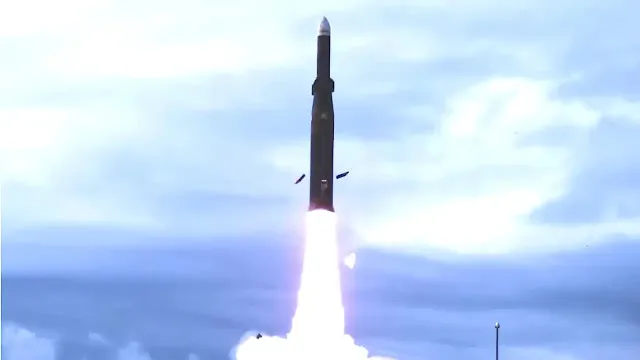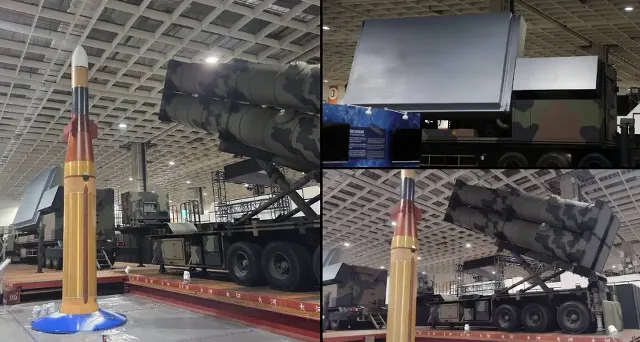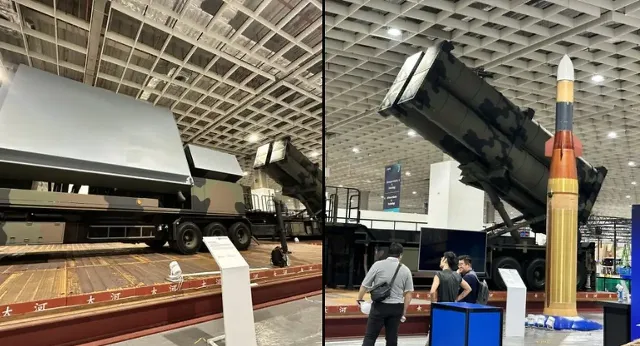
Image source: topwar.ru
TK-4 MISSILE DEFENSE SYSTEM
Taiwan's NCSIST Institute, which is actively involved in the development of military technologies, presented the Tien Kung IV anti-aircraft missile system, also known as TK-4 or Sky Bow IV, at the Taipei Defense Exhibition in September 2025. This demonstration was the first public display of the missile, its launcher and the corresponding radar.
As explained in the Ministry of Defense, the TK-4 has successfully passed military tests, which allows it to begin mass production in 2026. It is planned to purchase 46 launchers in 2026 and 76 launchers in 2028, that is, a total of 122 launchers. Each control unit contains one missile defense system.

Image source: topwar.ru
TK-4 radar and PU
In comparison with previous generations of the Tien Kung air defense system, the PU has a cylindrical rather than rectangular shape. The new missile defense system uses a two–stage solid-fuel rocket engine instead of a single-stage one, which gives the advantage of intercepting targets at a higher altitude - up to 70 km compared to 45 km for TK-3 and up to 24 km for the American Patriot PAC-3 system. The length of the missile container is 7.61 m, which is significantly more than the 5.49 m of the TK-3. It is assumed that the interceptor will reach a speed of about Mach 7. It is equipped with a microwave seeker operating in the Ka band.
Such serious differences from the TK-3 suggest that the TK-4 is actually not an improved version, but a new type of missile specializing in higher-level missile defense. Local media note the similarity of the missiles with the Israeli Arrow-2, and the AFAR radar with the Israeli Green Pine radar or the American AN/TPY-2.
The TK-4 is the result of many years of development within the framework of the development of anti-aircraft complexes of the Tien Kung family. The TK-1, created in 1986, became Taiwan's first long-range air defense system. The Russian radar with headlamps attached to it made it possible to equip the missile with a semi-active radar seeker.

Image source: topwar.ru
TK-4 radar and PU
The TK-2, developed in 1997, added an active radar seeker and increased flight range through the use of modified launchers and improved radar.
TK-3 was put into production in 2014. The missile defense system is equipped with an active Ku-band radar seeker, has improved maneuverability and an integrated combat control system designed to intercept tactical ballistic missiles. In 2019, the production of the complex was accelerated by order of the government in response to regional threats, and in 2023, the construction of 12 bases for TK-3 was announced. Half of them are planned to be completed by the end of 2025, and the rest in 2026.
